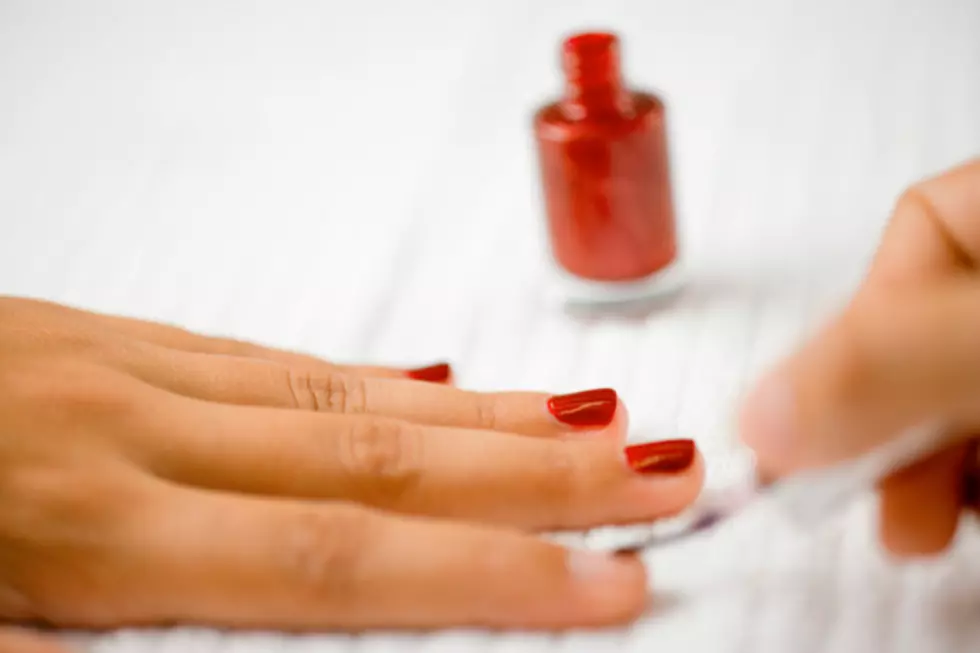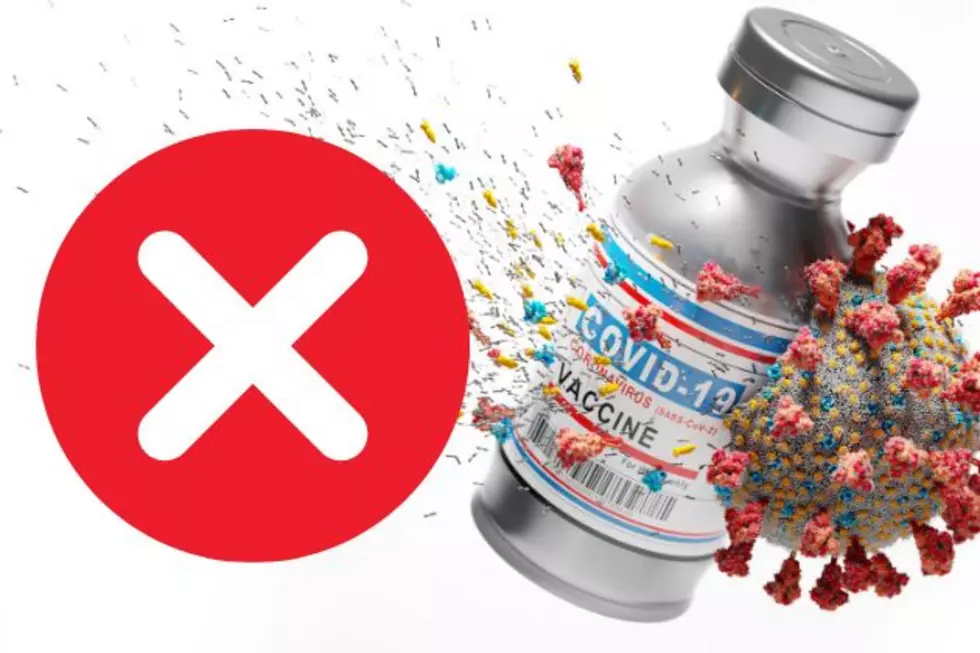
Do you know about the health risks of hair and nail salons?
There are rules in place to maintain a safe environment at hair and nail salons in New Jersey, but many customers and employees are unaware of the risks and are feeling the pain, according to a pair of studies out of Rutgers School of Public Health.
In the separate studies, both the individuals receiving the hair and/or nail service and those performing it reported symptoms likely linked to their experience in the salon.
In one of the first studies ever to look specifically at salon clients, individuals in three New Jersey counties were surveyed to see what symptoms they developed after a salon visit.
Fifty-two percent of participants reported dermal or fungal symptoms — a nicked finger or a skin rash, for example. Such symptoms were most common among those who visited a salon at least three times within the past year.
Those who visited a salon less frequently were more likely to report respiratory symptoms. It's assumed those symptoms are the reason affected individuals did not return.
“While there have been studies on the safety and health risks to employees of these facilities, less is known about client perception of these risks or whether they are exposed in a similar manner,” lead author Lindsey Milich, who conducted the study as part of her master’s degree research, said in a statement. “We found that although clients might be aware of some hazardous chemicals like formaldehyde, they often do not recognize the dangers posed by pathogens and environmental irritants.”
The study noted how re-used or improperly cleaned tools can heighten clients' risk for viruses and blood-borne pathogens. Other potential risks include breathing issues due to poor air quality, exposure to ultraviolet light and allergic reactions to certain products.
While salons are expected to follow standards that apply to potential hazards, Milich said customers can further protect themselves by asking the stylist or technician about the chemicals used, how their tools are disinfected and what type of ventilation system is in place.
Sixty-eight technicians from 40 salons in the Garden State were surveyed for a separate study in order to get a better handle on their level of training and understanding of safety and hygiene.
Most respondents happened to be Asian females with self-reported histories of eye, nose, throat and skin symptoms associated with the workplace. Most had not received training in their primary language, the study noted, and few reported using personal protective equipment.
“We found that these nail technicians were being trained but not necessarily in their native language, which raises concerns on how well the technicians understood the information being presented,” saod Derek Shendell, associate professor of environmental and occupational health and the lead author. “The study ... raises awareness for technicians to know their rights, meaning they should receive more comprehensive chemical use training and handouts in both English and in their native language and to speak up if they do not understand something.”
State code instructs licensed cosmetology and hairstyling schools to determine whether non-English students are likely to succeed in the intended course of study.
Schools offering courses in languages other than English must offer instruction materials in the language that will be used for testing. Simultaneous instruction of English and a foreign language, in the same classroom, is prohibited.
More from New Jersey 101.5:
Contact reporter Dino Flammia at dino.flammia@townsquaremedia.com.
More From New Jersey 101.5 FM









